A lot has been said and written about the tragic events that unfolded on the set of Rust in the New Mexico desert since they occurred less than two months ago. Oct. 21 ended with the film’s cinematographer dead, its director suffering a gunshot wound, and its star and producer having accidentally killed someone.
Last week, Alec Baldwin, who fired the shot from a revolver that killed Halyna Hutchins while rehearsing a scene for the Western, was interviewed by George Stephanopoulos on ABC, and it was aired as a 45-minute piece that is now streaming on Hulu. Baldwin has since deleted his Twitter account.
When the incident was at the top of the news cycle, precious few details were presented about the actual shooting. But there were enough conjectures, expert opinions, guesses, and emotional arguments to fill Twitter feeds and 24-hour news channels for days. Baldwin’s interview shed the first light on exactly how Hutchins and director Joel Souza were shot, but since the incident is still under investigation, not too much light — just enough to leave everyone with more questions and to softly shift most of the blame away from himself.
The biggest question is, why should you care? Yes, a woman was killed, and it was a tragedy, and someone should be held accountable, and decent people should all care about that to some degree as a society, but why should the people reading this give a shit in particular? Because an incident this high profile will inevitably color the broader gun control debate in America.
The broadest possible audience is absorbing the details of this shooting, and anti-gun sentiments came in hot and fast right on the heels of Hutchins’ death.
In addition to typical anti-gun rhetoric, various voices in Hollywood called for productions to stop using blank-firing guns as a solution to the alleged terrible gun safety practices on the set of Rust. Dwayne “The Rock” Johnson, the star of plenty of movies filled with gunfire, pledged to no longer use guns capable of firing live ammo or blanks on his sets in the future. More concerning, California Sen. Dave Cortese made a mostly toothless call to ban guns on movie sets and from theatrical productions in the state if they can fire live ammunition.
In the end, Hollywood has to figure this all out for itself. The movie industry has never faced circumstances quite like this before: Hutchins’ death is a lot more high-profile than the on-set shooting death of Brandon Lee back in 1994 (the last time someone was killed by a prop gun on a US movie set).
The legal system will do what it does, and when we get an actual blow-by-blow account of what happened that day from multiple sources, we can form a complete opinion, if we must, about who was most at fault.
From what has been reported and what Baldwin has said, it was undoubtedly a horrible accident resulting from gross negligence committed by several people, at least. Most reasonable individuals would agree that there was absolutely no conceivable reason for live ammunition to have been on that movie set. But how and why was the shot that killed Hutchins fired at all?
Details, Search Warrants, and…Sabotage?
There’s a whole pile of drama surrounding how live rounds got on-set and surrounding the movie’s armorer, Hannah Guitierrez-Reed, who is young and inexperienced, yet had already gained a reputation for lax safety practices coming into Rust. The movie’s original crew apparently walked off the set the week before the shooting due to unsafe working conditions.
Last week, just before Baldwin’s interview aired, investigators searched the property of PDQ Arm and Prop in Albuquerque, owned by Seth Kenney, who provided the film with guns and ammunition. They were looking for answers about the live ammo that ended up in Baldwin’s gun and were operating on a tip from Thell Reed, longtime Hollywood armorer and Gutierrez-Reed’s father.
During Baldwin’s interview, Stephanopoulos brought up the search of PDQ.
“According to that search warrant, the young armorer (Gutierrez-Reed) told investigators she loaded five dummy rounds into Baldwin’s gun before lunch, and a sixth after, when the gun was retrieved from a safe,” he said. “Gutierrez-Reed’s attorney has said she has no idea where the live rounds came from. She raised the possibility that someone may have deliberately mixed live rounds in a box of dummies in an act of sabotage.”
“Do I believe the set was sabotaged? No, because I can’t imagine how that would have been affected,” Baldwin responded when asked what he thought of the attorney’s assertion. “I don’t know how somebody would have done that.”
Gun Safety Responsibility On Set
It has been reported that the film’s assistant director, Dave Halls, actually handed Baldwin the gun for the scene rehearsal. As many people intimately familiar with the workings of a Hollywood set have pointed out, the person who hands an actor a gun on-set is responsible for checking it for safety. However, many have said Baldwin bears responsibility for not only pointing the gun at a person and breaking one of the basic rules of gun safety but also for not checking the gun himself.
George Clooney, who has been working on film and TV sets for the past 40 years of his career, recently said on an episode of the WTF podcast with Marc Maron (posted Nov. 15) that he always checks a gun that he’s going to use on a set.
“Every single time I’m handed a gun on a set, every time, Marc — they hand me a gun, I open it, I show it to the person I’m pointing it [at], I show it to the crew, every single take. You hand it back to the armorer when you’re done. You do it again,” Clooney said. “And part of it is because of what happened to Brandon. Everybody knows. And maybe Alec did that. Hopefully, he did do that, but the problem is, dummies are tricky because they look like real bullets.”
“Why, for the life of me, this low-budget film with producers who haven’t produced anything wouldn’t have hired someone [as] the armorer with some experience,” he added. “They had live ammo with the dummies in her pack, and that is insane.”
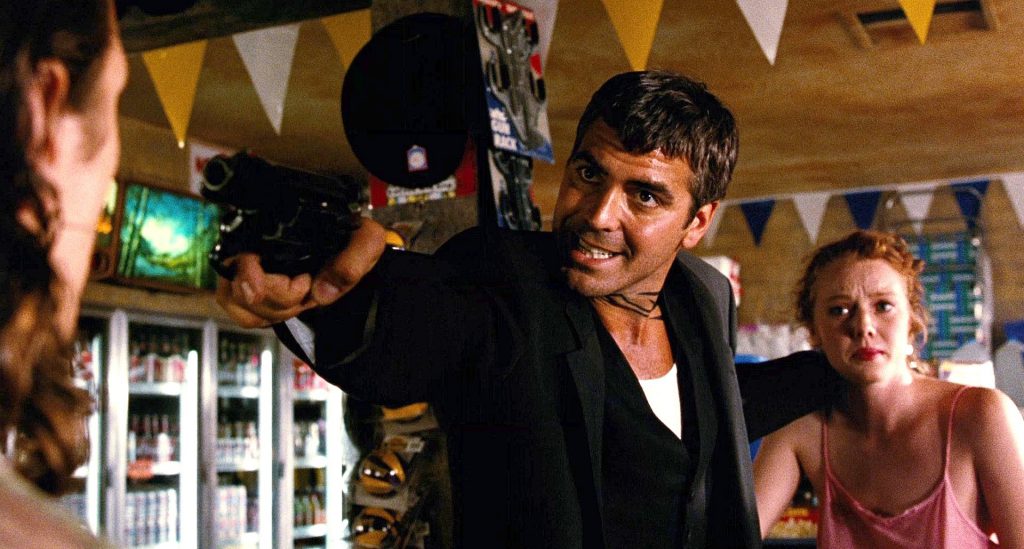
Stephanopoulos asked Baldwin, who admitted he didn’t check the gun, about Clooney’s comments.
“What I was taught by someone years ago was that if I took a gun and I popped the clip out of a gun, or I manipulated the chamber of a gun, they would take the gun away from me and redo it,” Baldwin said. “The prop person said, ‘Don’t do that,’ when I was young. They said, ‘One thing you have to understand: We don’t want the actor to be the last line of defense against a catastrophic breach of safety with a gun.’ One person has that responsibility to maintain the gun.”
“And then I let go of the hammer of the gun, and the gun goes off.”
All that aside, Baldwin recounted the shooting to Stephanopoulos and provided some details about how the shot was fired that we can absolutely dissect from a gun-nerd perspective.
Baldwin said he cocked the hammer of the gun he was given while running through a marking rehearsal for an upcoming scene, and then it fired when he let go of the hammer. He states explicitly that he did not pull the gun’s trigger. Most gun owners should prickle at the assertion that a gun can just “go off on its own,” which is essentially what he’s saying happened.
“She was standing next to the camera […], and she says to me, ‘Hold the gun lower, go to your right. Okay, right there. Do that. No, show it a little bit lower.’ She’s getting me to position the gun — everything is at her direction,” Baldwin said in the interview. “She’s guiding me through how she wants me to hold the gun for this angle, and I draw the gun, and I find a mark […] the gun was not meant to be fired at that angle. I’m not shooting into the camera lens; I’m shooting just off, in her direction.
“I’m holding the gun where she told me to hold it, which ended up being aimed right below her armpit, is what I was told.
“I said to her, ‘In this scene, I’m going to cock the gun.’ I said, ‘Do you want to see that?’ and she said, ‘Yes.’ So I take the gun, and I start to cock the gun — I’m not going to pull the trigger. She said, ‘Just cheat it down and tilt it down a little bit like that.’
“I cock the gun and say, ‘Can you see that? Can you see that? And then I let go of the hammer of the gun, and the gun goes off.”
All indications are that he was using some kind of single-action revolver that would appear period-correct for the Old West setting of the movie. That means nothing to the general public who watched the interview special on cable or Hulu the day after, and Stephanopoulos certainly didn’t dig into the gun details. So we’re gonna.
Here’s the process for firing a Colt Single Action Army revolver, the most ubiquitous SA pistol in movies and TV: Pull the hammer back to the full-cock position and then press the trigger. The hammer drops and impacts the cartridge’s primer beneath it, either directly or by striking a firing pin, and the round is fired. Repeat as necessary.
To examine the cartridges or to see what chambers are loaded, the hammer must be put at half-cock to allow the cylinder to spin freely, the loading gate opened, and the cylinder rotated so the user can see each chamber. Actors do this in movies while looking cool by opening the gate and rolling the cylinder across their forearm.
Baldwin says the gun was supposed to be loaded with dummy rounds for the rehearsal and scene in question. A dummy round looks like a complete cartridge but is 100% inert. They are filled with small beads on movie sets, so one only has to shake them to ensure they are dummies. To do so in this case, each round would have to have been removed from the gun.
So, is Baldwin’s claim possible? How could a single-action pistol go off after the hammer is cocked without the trigger being pulled?
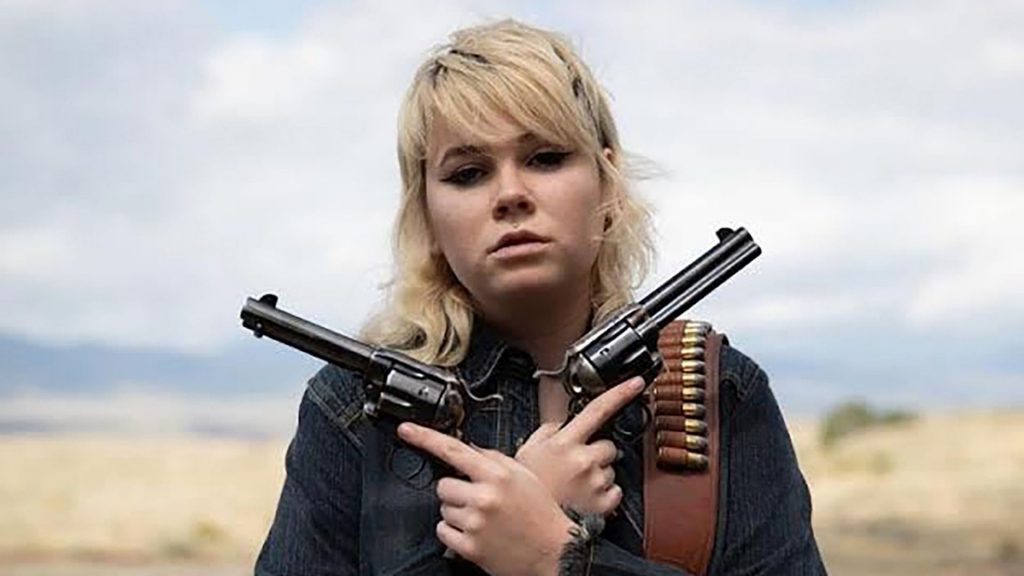
The short answer: No, not unless the gun is screwed up or the user screwed up.
Movies don’t typically use vintage guns from the late 1800s when they make Westerns; they use modern reproductions of those guns. These days, many of those are made in Europe, especially Italy.
I asked FRA contributor Kurt Martonik, who is a professional gunsmith in Montana, if an SAA revolver could, mechanically, fire in this manner.
“If a user’s finger is off of the trigger and the hammer is pulled back and released, assuming the firearm is mechanically sound, the hammer will stop on the full-cock notch,” Martonik said. “If the full-cock notch fails, or the hammer isn’t pulled back far enough, and the hammer starts to fall, it will be caught by the half-cock notch. The half-cock notch holds the hammer off of the primer or firing pin (depending on the design).
“The Ruger design and many Italian copies [of Old West revolvers], include a transfer-bar safety system. With this safety system, the hammer cannot touch the firing pin unless the transfer bar is between the hammer and the firing pin. The transfer bar is attached to the trigger, and the trigger has to be pulled to the rear for that transfer bar to reach the firing position. This means, for the gun to fire, the trigger has to be pulled to the rear.
“For this to occur without the trigger being pulled, the mechanical parts within the firearm would have to be damaged, broken, or altered,” Martonik said, adding that no professional gunsmith would alter a gun so that it fires without the trigger being pulled or to remove safety devices.
ABCNews reported that Baldwin was “holding an antique Colt .45 revolver” during the incident. Baldwin didn’t say that in the interview, and while it’s unlikely the gun was an antique, whether or not it had a transfer bar safety doesn’t really matter.
If it went down the way Baldwin says it did, regardless of how live ammo got into the gun, there are only two explanations for why the gun went off: The firearm was faulty or damaged, or the firearm was sabotaged.
The other possibility is, of course, Baldwin was unwittingly pressing the trigger when he cocked the hammer; when he let go of it with the trigger still depressed, the gun fired.
Unlike most modern revolvers, the trigger on an SAA doesn’t have to be reset for the hammer to be cocked again and for the cylinder to rotate. That’s why you can fan the hammer of a cowboy gun while holding down the trigger for rapid, close-range fire in Cowboy Action Shooting, or to look cool on screen.
Guns do break, so it’s also possible the armorer committed another alleged grave offense and put a broken firearm on the set.
It would appear Baldwin’s story doesn’t completely hold water, but we still need to know more. Hell, maybe it was sabotage. Somehow, that’s more comforting than the level of unconscionable gun safety negligence required for the alternative scenarios to be true.
All we can be certain of is that several people fucked up real bad at the right time and in just the right order for Halyna Hutchins to lose her life.
Read Next: Senator, Directors Move to Ban Guns on Movie Sets After Hutchins Death

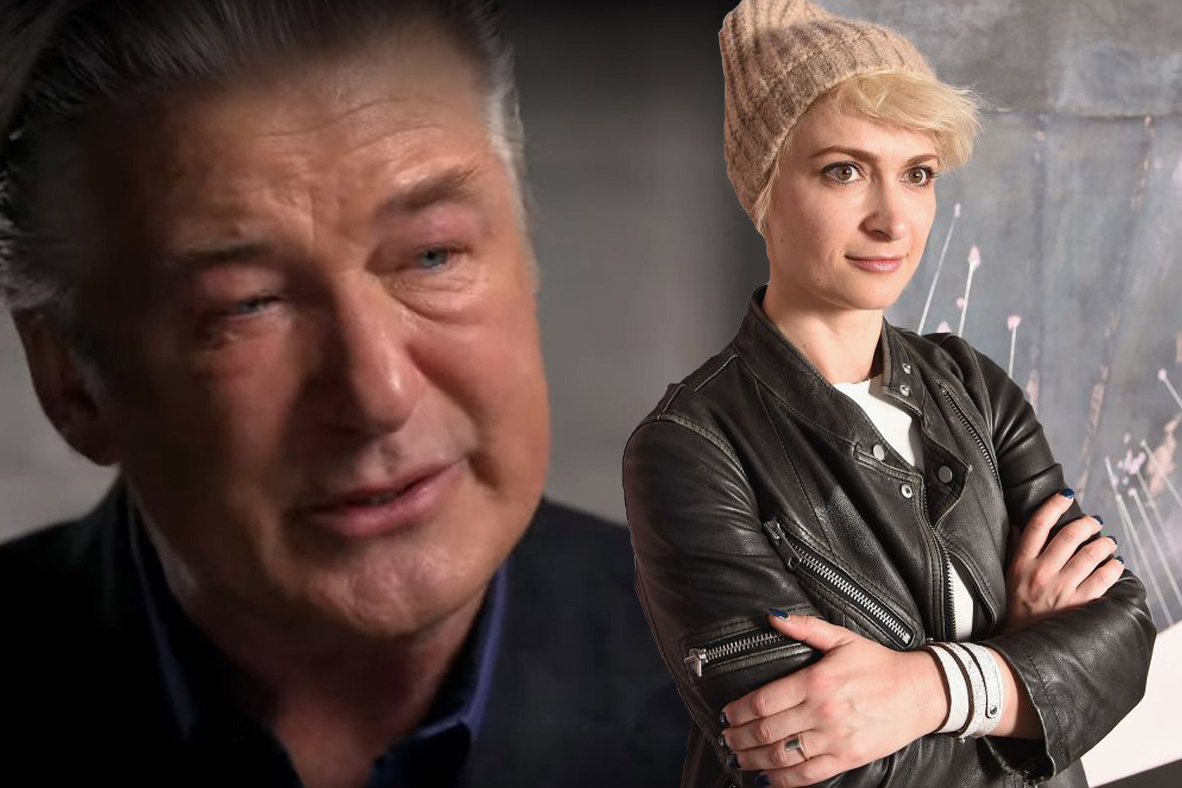
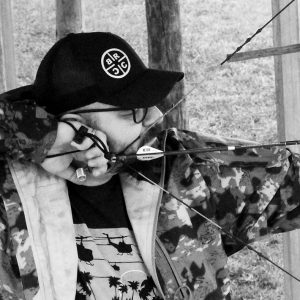

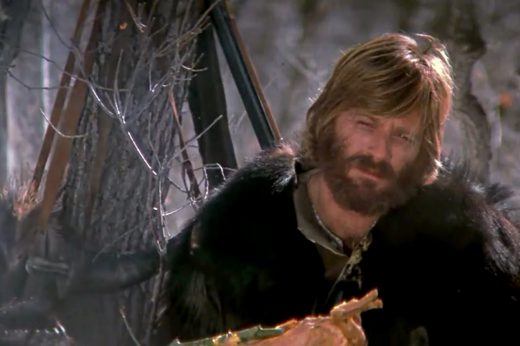
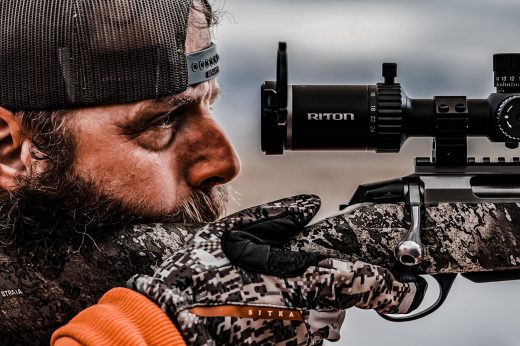


Comments